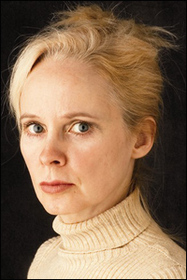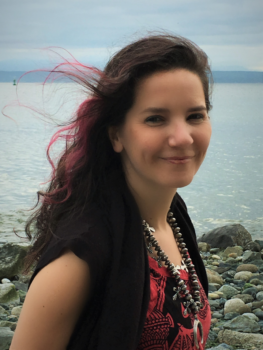Tim Ferriss, author of the Kindle-published The 4-Hour Work Week, has an interesting look at the economics of how writers get paid:
– For a hardcover book, authors typically receive a 10-15% royalty on cover price. This means that for a $20 cover price, the author will receive $2-3. If you have a $50,000 advance, a $20 cover price, and a 10% royalty, you therefore need to sell 25,000 copies (“earn out” the advance) before you receive your first dollar beyond the advance. This is the basic rule, but several quietly aggressive outfits — both Barnes and Noble’s in-house imprint (Sterling, acquired in 2003) and Amazon’s in-house print arms, AmazonEncore and AmazonCrossing — could prove to offer more attractive terms. Then there are the fascinating rogues like Andrew “The Jackal” Wylie.
– For a trade paperback book, authors typically receive around half the royalty of a hard cover. If you are making 15% on your hardcover, you might get 7.5% when it goes to paperback. Guess what? This means you now need to sell twice as many books to break even. I think going to paperback is a bad idea for almost all authors, unless you want to double your work for the same income. Do you really need the people who won’t buy a $20 book hardcover that’s already discounted to $12-14 dollars through Amazon or Barnes and Noble? I don’t think so, yet most authors follow the hardcover-to-paperback progression without question.
Ferriss also has some interesting thoughts on recent reports that Kindle sales have surpassed hardcover sales on Amazon:
1) Kindle books selling well does not mean that print books are selling poorly. In fact, it appears quite the opposite. From the Wall Street Journal coverage of the announcement:
Still, the hardback comparison figure doesn’t necessarily mean the end is near for paper books. Amazon said its hardback book unit sales also continued to increase.
It will be fun to see more precise Kindle sales when they are shown as a separate line item in Nielsen Bookscan, which should happen in the next year.
2) The top-five Kindle selling authors of all-time, over 500,000 copies each, are all fiction writers (including Stieg Larsson, Stephenie Meyer, and others). In the top-50 Kindle bestsellers right now, I counted just three (3!) non-fiction books. If you’re a non-fiction author, I’d think carefully before jumping the gun to all digital.
And finally, despite his own self-publishing success, Ferriss cautions emerging writers against thinking self-publishing is an easy route to success:
But, all that said, there is still real value in having the rare stamp of approval that a “traditional” publisher provides. I don’t think this will change much in the next 12 months, perhaps even 24 months.
Now, [if] a handful of first-time, self-published authors hit the New York Times list, that’s an entirely different story…St
In my experience, exactly how and what authors get paid for different formats of their books is shrouded in mystery—so these figures on what authors generally get paid, as well as the analysis of self-publishing, are an interesting revelation. And it provides an interesting counterpoint to the recent advent of self-publishing via Lulu and the like.
(Full essay, with much more commentary, on Ferriss’s blog.)





